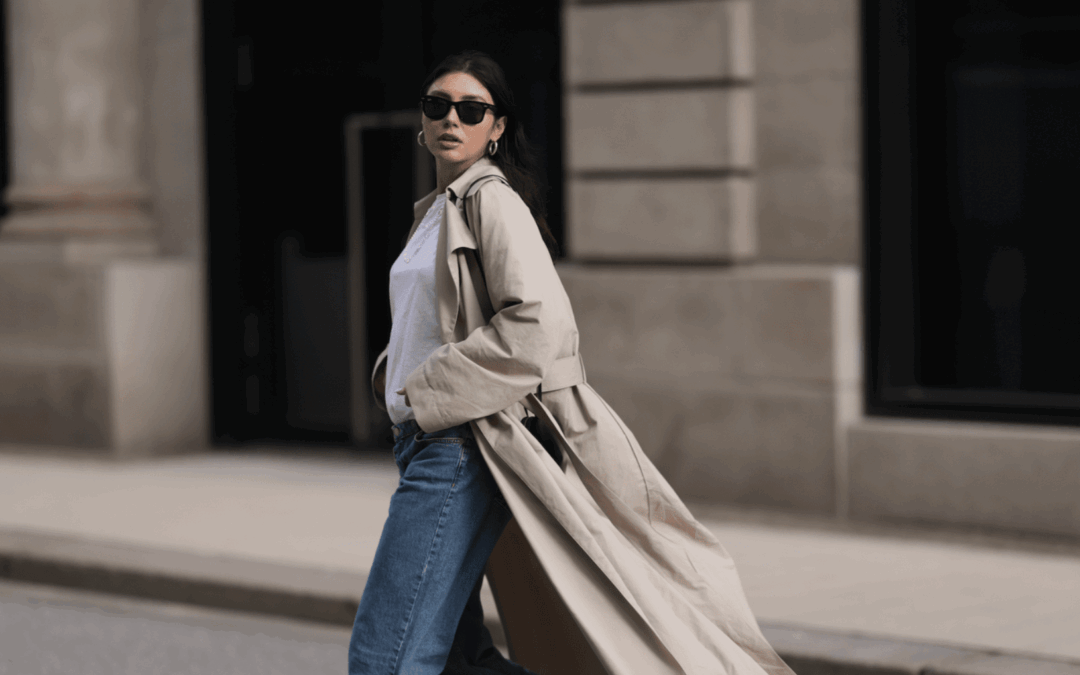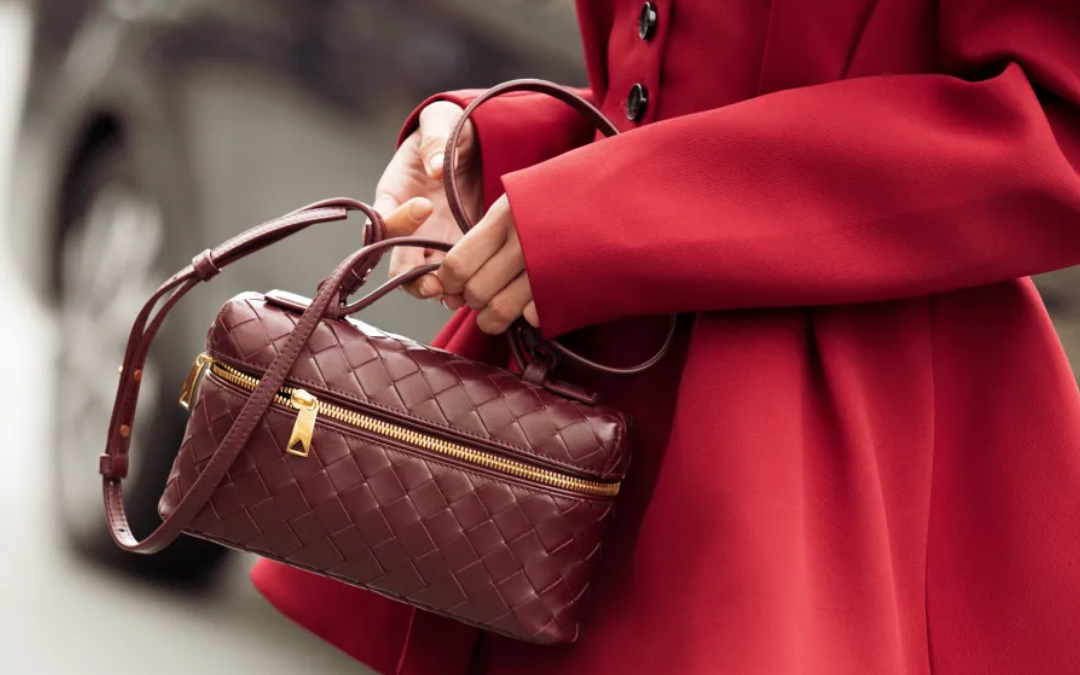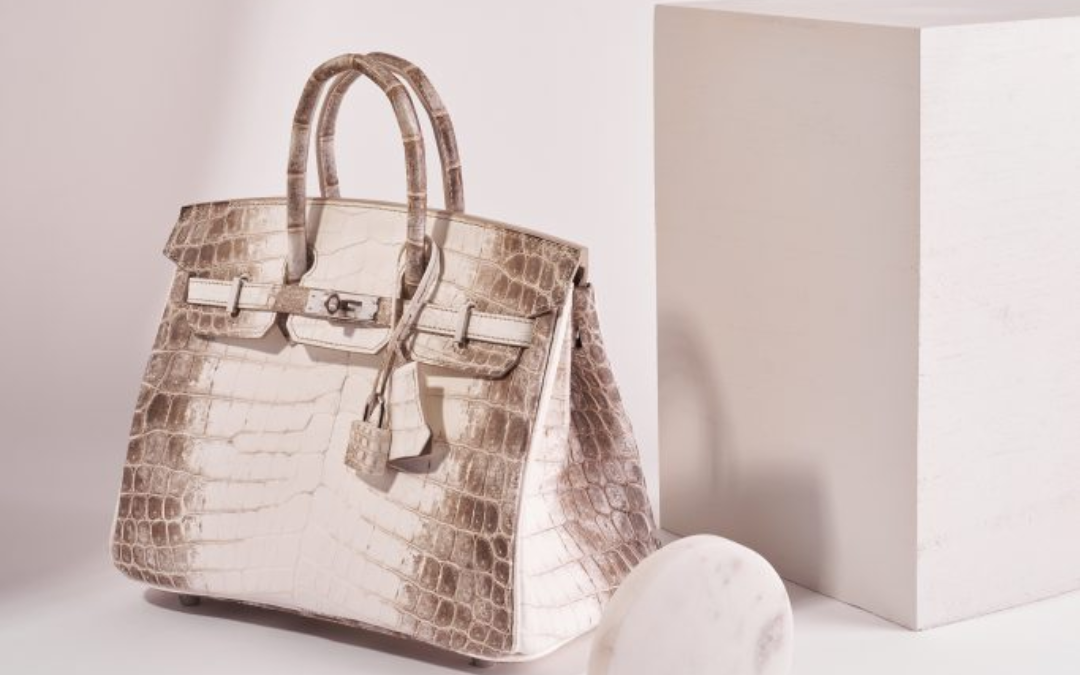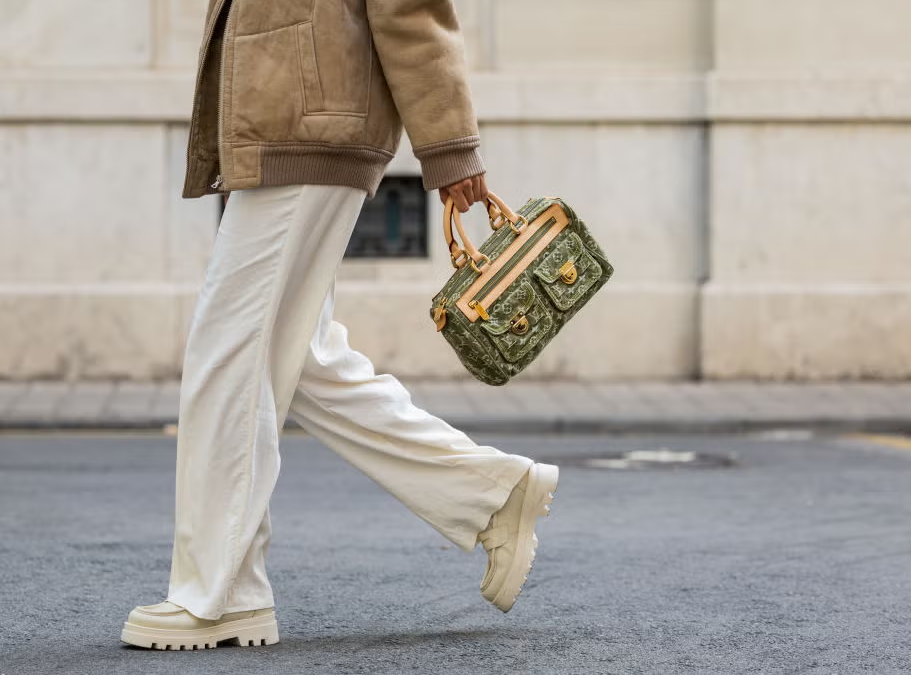
by Thea Elle | Jul 23, 2025 | Satire
Style Companion The Clean Girl of Luxury: Can Gucci Save the Planet in Patent Leather Pumps? It’s official: luxury has entered its Clean Girl era. You know the aesthetic—center-parted hair, minimalist makeup, and a “sustainably sourced” tote bag that looks virtuous...

by Thea Elle | Apr 14, 2025 | Satire
Style Companion Broke, Bougie, and Balenciaga: Inflation's a Farce, but Fashion's Still Flexing by Thea Elle |April 15, 2025 | Style Guide Remember when luxury meant going large on milk tea with all the add-ons? Now you scroll past a stranger’s HERMÈS haul and quietly...

by Thea Elle | Apr 10, 2025 | Satire
Style Companion High Fashion, Low Budget: Why Replicas Are the Real Couture Revolution by Thea Elle | Apr., 10, 2025 | Satire The red carpet was steaming this week—partly from the paparazzi flashbulbs, partly from the collective heat radiating off gowns worth more...

by Thea Elle | Apr 9, 2025 | Luxury Industrial Complex, Satire
Style Companion Luxury Bags: For the Girl Who Has Everything (Except a Personality) by Thea Elle | Apr., 09, 2025 | Luxury Industrial Complex There’s a common belief that carrying a GUCCI bag or a LOUIS VUITTON tote will somehow elevate your entire existence. You’ll...

by Thea Elle | Apr 4, 2025 | Luxury Industrial Complex, Satire
Style Companion The Purse Pyramid Scheme: How Luxury Brands Keep You Hooked by Thea Elle | Apr., 04, 2025 | Luxury Industrial Complex Imagine waking up one day, realizing you need a LOUIS VUITTON handbag. Not just any bag—the one. The one that your favorite influencer...

by Thea Elle | Mar 18, 2025 | Luxury Industrial Complex, Satire
Style Companion The Great Luxury Scam: Why Fakes Are The Real Status Symbol by Thea Elle | Mar., 18, 2025 | Luxury Industrial Complex Once upon a time, a BIRKIN was just a bag. Then a marketing genius at HERMÈS realized something: the easiest way to make people...







